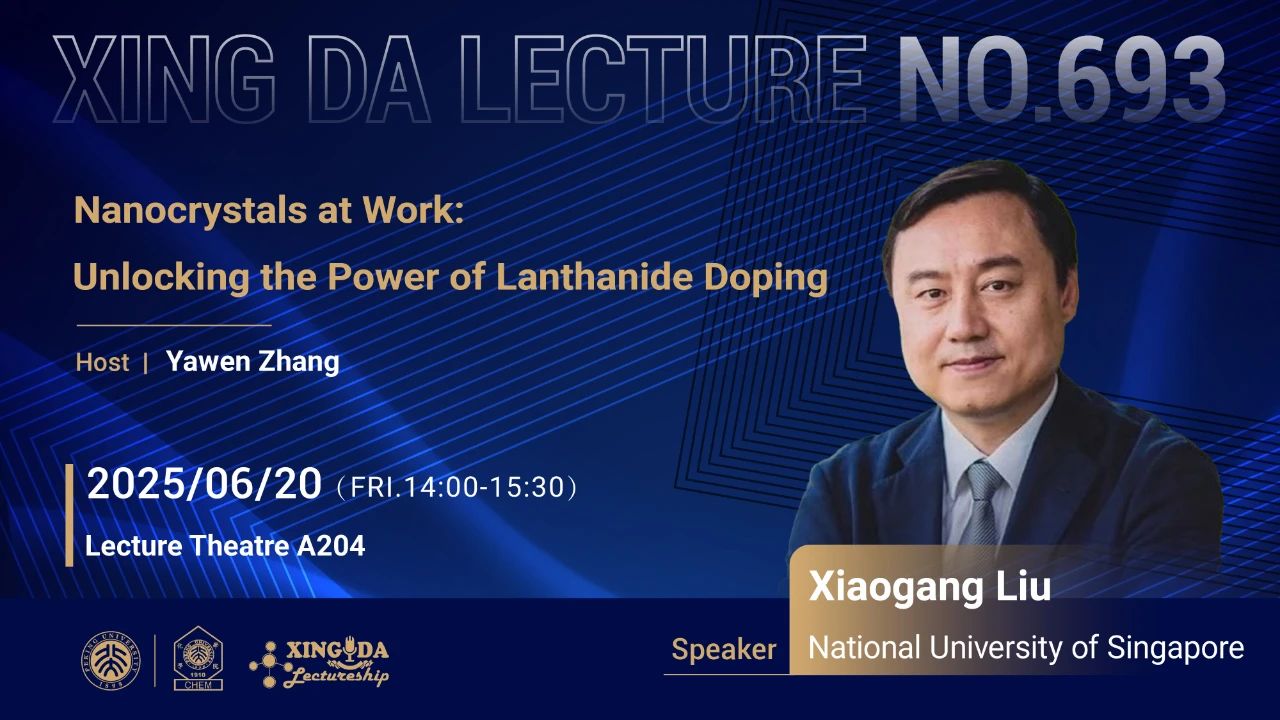
Abstract
Lanthanide-doped nanocrystals have emerged as a powerful class of optical materials for biological applications due to their unique photon management capabilities, including upconversion, downconversion, and persistent luminescence. These nanocrystals harness the ladder-like energy levels of lanthanide ions to achieve multi-wavelength emission with high photostability, deep tissue penetration, and minimal background autofluorescence, key attributes for advanced bioimaging and biosensing. Recent progress in the synthetic control, surface functionalization, and multiplexed encoding of lanthanide-doped nanocrystals has unlocked their potential for single-particle tracking, in vivo imaging, optogenetics, and theranostics. Moreover, their ability to transduce low-energy near-infrared excitation into visible or ultraviolet light enables spatiotemporally precise stimulation of biological processes, offering new avenues in neural modulation and controlled drug release. This talk highlights the latest breakthroughs in lanthanide nanocrystal-based biophotonics, emphasizing the mechanistic insights, design principles, and biomedical integration strategies that underpin their performance. I also discuss the emerging convergence of lanthanide nanocrystals with artificial intelligence, nanomedicine, and wearable technologies, envisioning a future where light-driven diagnostics and interventions are embedded into healthcare systems.
Biography
Prof. Xiaogang Liu earned his Ph.D. in inorganic chemistry from Northwestern University in 2004. Following this, he spent two years as a postdoctoral researcher in the Department of Materials Science and Engineering at MIT before joining the Department of Chemistry at the National University of Singapore in 2006. He was promoted to Full Professor in 2017 and currently holds a joint appointment with the Department of Materials Science and Engineering and the Department of Surgery at the NUS School of Medicine. Among his research interests are the study of energy transfer in lanthanide-doped nanomaterials, the application of optical nanomaterials for neuromodulation and light-field imaging, the development of advanced X-ray imaging scintillators, and the prototyping of electronic tools for assistive technologies. He serves on the editorial boards of multiple journals, including Nanoscale, BMEMat, Journal of Luminescence, Journal of the Chinese Chemical Society, Journal of Physical Chemistry Letters, Chemistry–An Asian Journal, Advanced Optical Materials, InfoMat, The Innovation, Nanoscale Horizons, Small Methods, Next Technology, and Nano Letters.